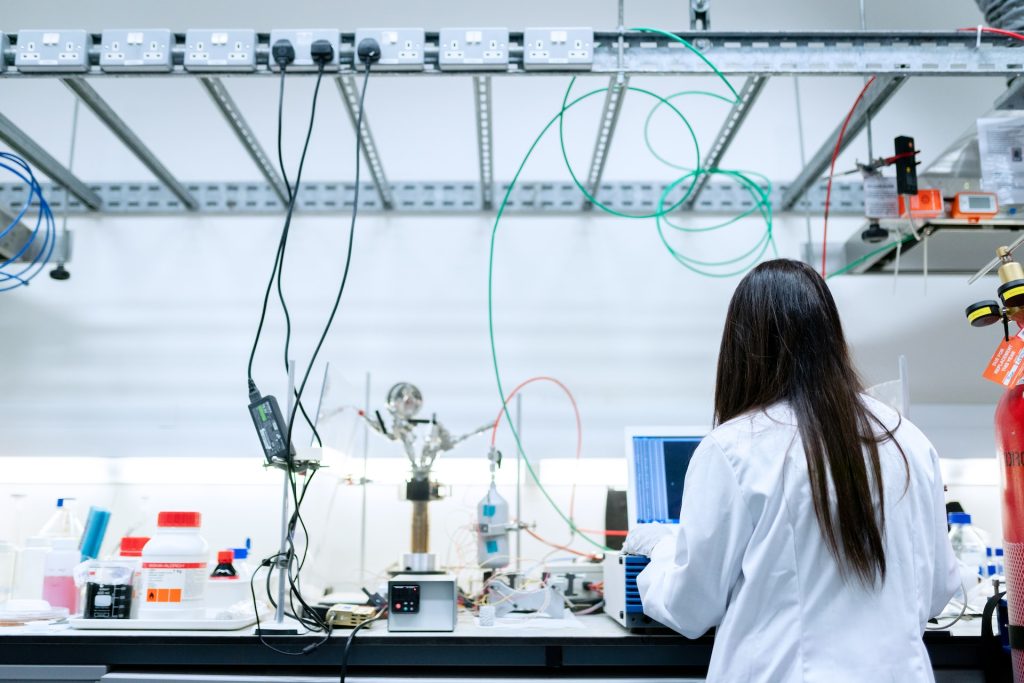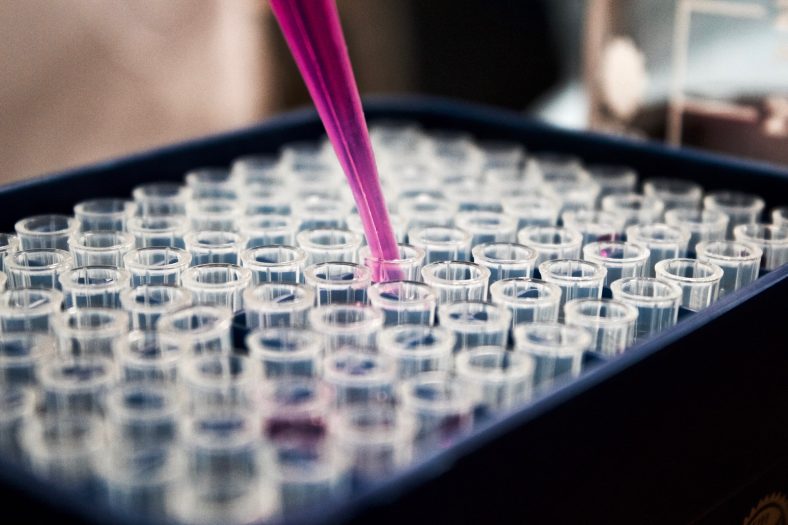Chemicals are essential for a variety of industrial, agricultural, and household applications. However, if not stored properly, they can be dangerous and even deadly. Proper storage is critical to ensure the safety of personnel, property, and the environment. In this article, we will discuss how to store chemicals safely in order to reduce risks associated with their use. We will cover topics such as proper labeling techniques, safe storage containers, and locations, segregating incompatible chemicals from each other, and more. By following these guidelines you can help ensure that your chemical storage cabinet Selangor practices are up-to-date with industry standards for maximum safety.
Understand the Hazards of Storing Chemicals
Chemicals can be dangerous if not stored properly. Some chemicals may react with each other when mixed, creating an explosive or noxious gas, while others may cause skin or respiratory irritation simply by coming into contact with air. Additionally, some chemicals can be extremely flammable and pose a fire hazard if not stored in the proper environment. It is important to understand the potential hazards that can be associated with storing chemicals and take the necessary safety precautions.
Label Containers Correctly and Clearly
When storing chemicals, it is important that the containers are correctly and clearly labeled. The label should state the exact chemical name, date of expiration (if applicable), concentration, and any warning symbols associated with the chemical. This will help ensure that personnel handling the chemicals are aware of their properties and hazards. Additionally, labels should be printed in large font and legible to ensure they can be easily read.
Choose Appropriate Storage Containers for Different Types of Chemicals
Different types of chemicals require different storage containers. Generally, acids and bases should be stored in plastic or glass containers as these materials are more resistant to corrosion. Flammable liquids should be stored in approved containers that are designed for flammability, such as metal or special plastic containers with a self-closing lid. Additionally, if chemicals are being stored indoors, containers should be kept away from sources of heat or ignition to minimize the risk of fire.

Segregate Incompatible Chemicals
Incompatible chemicals should never be stored together as this can create hazardous reactions when mixed. Some chemicals, such as acids, should always be stored separately from bases and vice versa. Additionally, flammable liquids should never be stored near oxidizers such as chlorine. It is important to read the safety data sheets (SDS) of all chemicals being stored together to ensure they are compatible and do not pose a risk when mixed.
Store Chemicals in Appropriate Locations
When storing chemicals, it is important to select an appropriate location. If possible, chemicals should be stored in a separate, well-ventilated area that is away from sources of heat or ignition. Additionally, the storage area should be checked regularly for any signs of leaks or spills and all personnel should be aware of the location.
Following these guidelines can help ensure that chemicals are stored properly and safely. By understanding the hazards associated with storing chemicals, labeling containers correctly, selecting the right storage containers for different types of chemicals, segregating incompatible chemicals from each other, and storing chemicals in the appropriate locations, personnel can help reduce risks to themselves, their property, and the environment.



